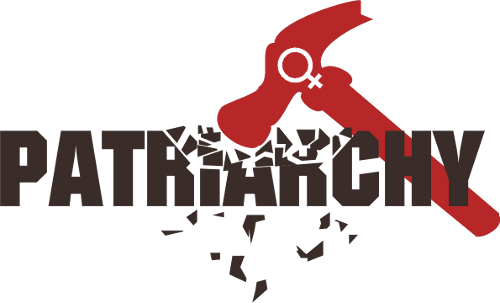 |
| Patriarchy |
The emergence of feminism in the United States has involved a struggle to identify and name the problems that women face in society. In the early days of the movement, in the middle of the nineteenth century, feminist leaders likened the condition of women to the oppression of slavery, but in the second wave of feminism, which arose in the middle of the twentieth century, some women began to claim that patriarchy (the dominant rule of men in society) amounted to a systematic conspiracy against women.
In The Feminist Mystique
Friedan argued that what these housewives felt in isolation was not the result of an individual psychological failure to adapt to the new postwar emphasis on domesticity, but a structural consequence of a whole host of pressures placed by men and male-dominated institutions upon women.
  |
She identified the advertising industry, education, and psychologists as particular culprits in this concerted effort to persuade women to accept a constrained role in life, but was careful to insist that, no matter how much this might look like a conspiracy to brainwash and imprison women, it was not necessarily the result of a deliberate plot.
Later feminist activists, however, began to take the idea of a patriarchal conspiracy against women more literally. With the rise of radical feminism in the late 1960s, groups such as Cell 16 of Boston and The Feminists of New York began to talk of conditioning, internalized oppression, and conspiracy, employing a vocabulary of “brainwashing,” “self-surveillance,” “infiltration,” “complicity,” and “double agency” to account for why women seemed to conform to stereotypes of their inferiority and submissiveness.
The popular film The Stepford Wives
At the same time, in the tense atmosphere of suspicion created by the FBI’s COINTELPRO surveillance and infiltration program, there was also discussion in the women’s liberation movement of the possibility of an all-too-literal conspiracy by the government to undermine feminism in some of its more radical guises.
However, other groups from this period such as WITCH (Women’s International Terrorist Conspiracy from Hell) and the Lavender Menace latched onto these claims and counterclaims, deliberately (and humorously) identifying themselves as an underground conspiracy.
In the 1970s and 1980s, the comparison of patriarchy with conspiracy began to be taken more literally, in the works of cultural feminists like Mary Daly and Andrea Dworkin. The former, for example, asserted that “males and males only are the originators, planners, controllers, and legitimators of patriarchy”, while the latter identified rape as a weapon used by men in general to keep women submissive.
This picture of women as the victims of both a society-wide, age-old conspiracy and of a more recent, concerted backlash against the advances of feminism became popular in the 1990s.
Other feminist writers, however, insisted that the patriarchal oppression of women was not a conscious conspiracy but the inevitable result of the underlying structures of social organization that valorized male achievement and underplayed women’s work.
Identifying patriarchy as a conspiracy, even if only metaphorically, nevertheless enabled the feminist movement to make a convincing case that what women were suffering from was not merely personal but part of a larger political problem.